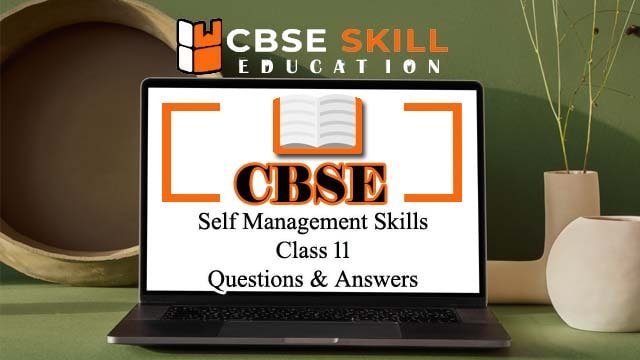ICT Skills Class 11 Questions and Answers
Share with othersTeachers and Examiners collaborated to create the ICT Skills Class 11 Questions and Answers. The team has gathered all of the important Questions and Answers from Employability Skills Textbook. All of the QA have been organized topic wise. ICT Skills Class 11 Questions and Answers Session 1: Introduction to ICT 1. What are … Read more



